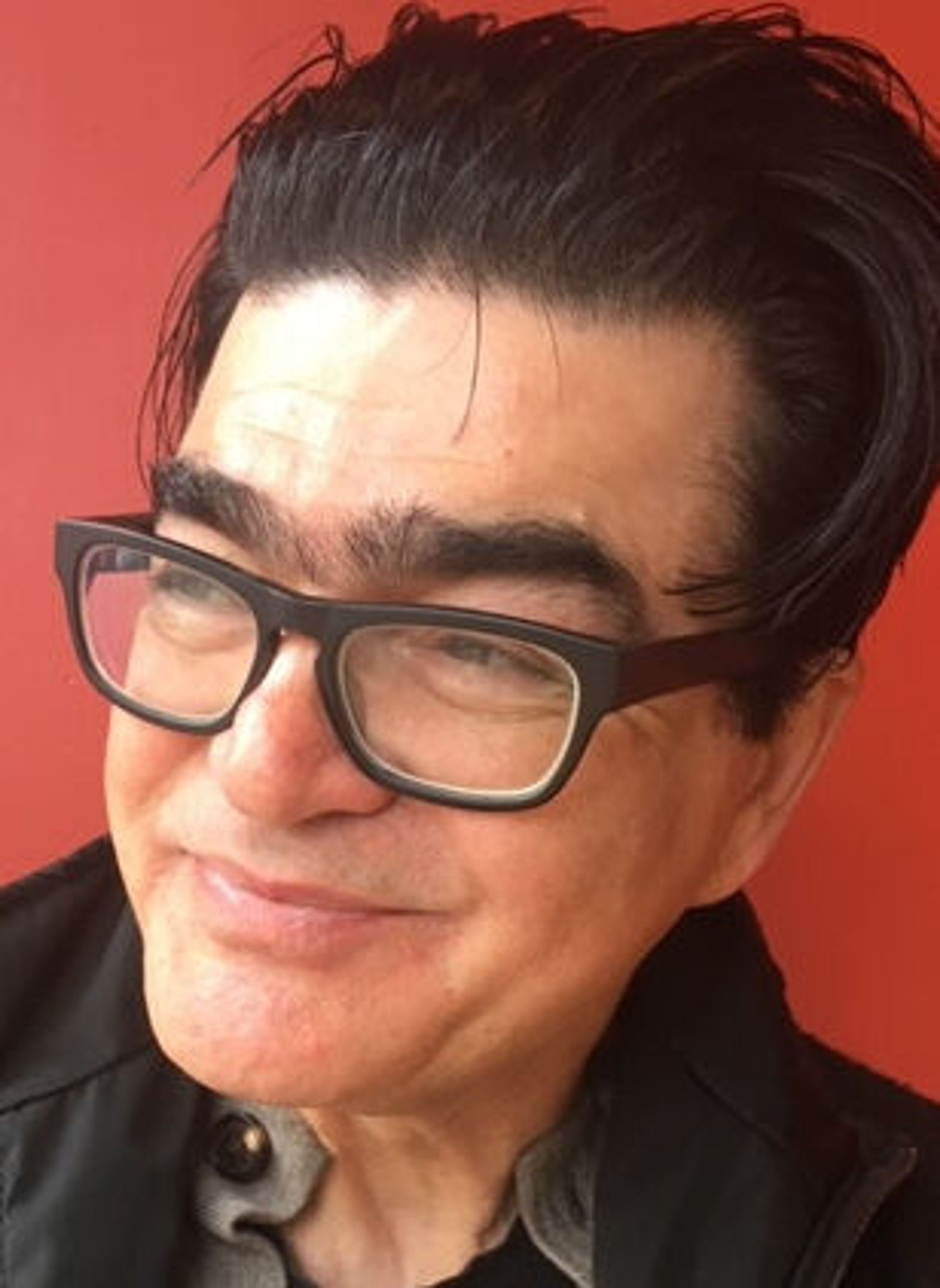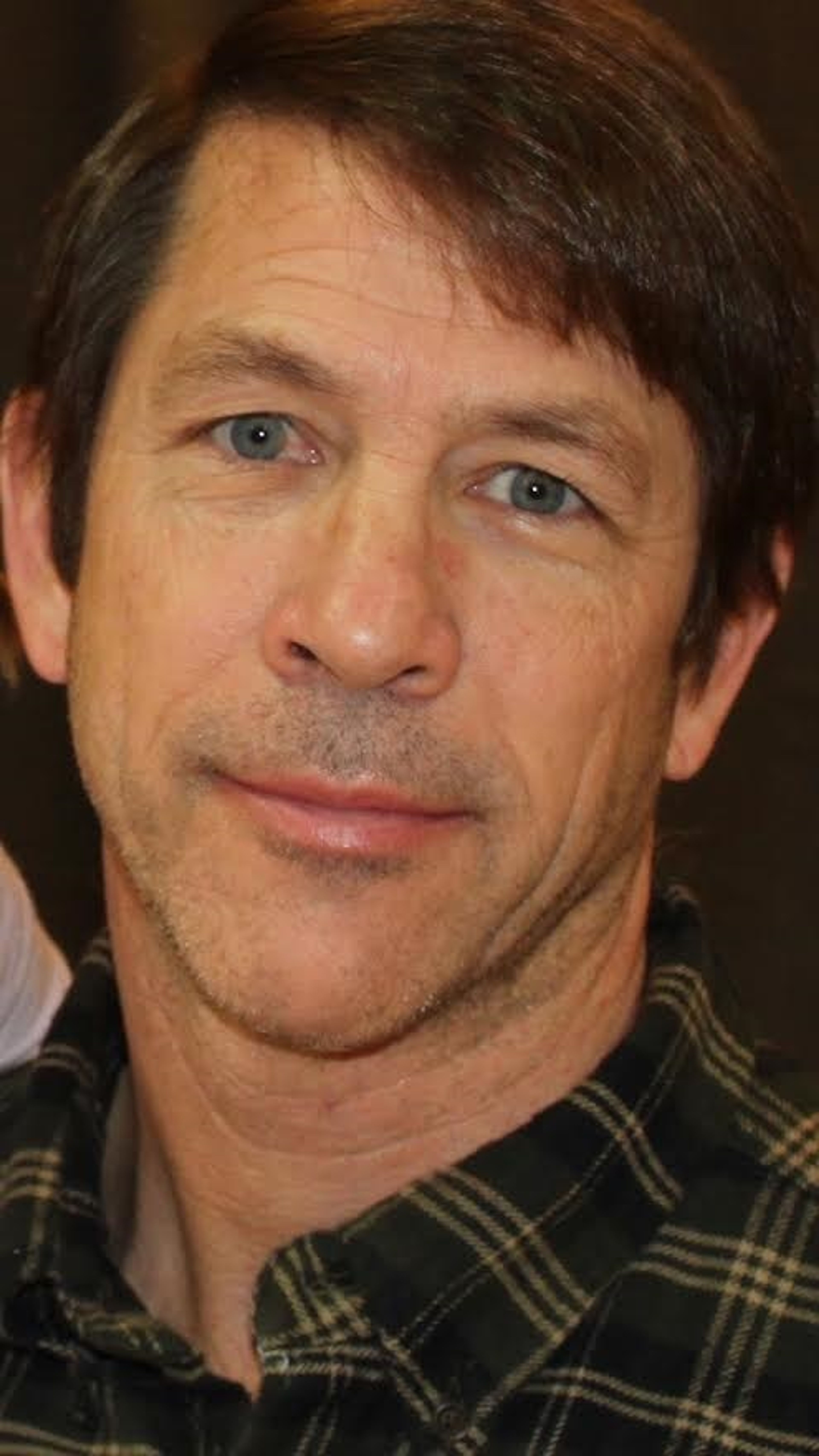For at least 20 years Pullman has been talking about designing and building a “garden house” at the Lawson Gardens. Back and forth the debate went: should we build or should we not, the tension boiling down to whether the city can afford the structure or not.
Over the years the budget strangely never really changed, around 1.2 million in 2001 and 1.3 in 2021, setting up the project for failure well before it had the chance to succeed. A “$1.2 million improvement planned for Lawson Gardens,” read the headline of an article in 2001 and then emphasized that most of that money will be designated to “the construction of the ‘garden house.’”
A 20-year span in the design and construction industry, is the difference between night and day-in values, ideas, and central to our case cost, doubling over the years. Which means that the new price tag of $2.1 million for the garden house today should not have come as a surprise to anyone, let alone to the wise elders who sit on the Pullman City Council. And yet still they feigned shock, as if time never happened. And also as if the only value that has mattered all along was money. Yes, money runs the show in a society premised on money, but the garden house was never first and foremost about that.
Rather it was always about symbol and feelings of compassion, conceived from the start to lift the soul in times of commensurate need for spiritual and intellectual ascension. Weddings and graduation events and the like can happen anywhere, in garages and warehouses, city halls and dining establishments, and yet people often look for more. To places that can inspire a higher purpose and hold within visual grasp otherwise fleeting memories. At sites like the Lawson Gardens, and for a few hours, they seek in nature, however constructed, a unified alternative to life’s fragmented relations.
What words we use to advance the garden house must be charged with the poetics of moving people. Instead we get little beyond hopelessness, the verbal equivalent of cul-de-sacs where the only way to go forward is to go backward. There may be a road but it leads to nowhere except in reverse, a constant locomotion toward regression. How miserable. Before the garden house there was the mural and before that the parklets, always setting projects up but only to knock them down.
Instead of talk about beauty and vision, we get words of doubt. One council member said “she does not hear the public clamoring for the Lawson Garden House as much as they are clamoring for general parks improvements.” Another wondered if “an open pavilion would [not] be a target for graffiti or be used by homeless people as a shelter.” These are not real concerns but obstacles conjured to stifle progress and stymie ambition. No society is likely to move from A to B with comments like these, not because they don’t have merit but because nowhere are they balanced by vision.
Let’s work toward cultivating a different narrative. Let’s challenge the public to think big and in ways with which to build a better and more exciting future.
Let’s put before them an attractive picture, a vision of a community rich with synergy, between indoor and outdoor places, where kids can play and learn from the classroom but also the garden and through structures that can foster visual and intellectual energy.
And where graduates and newlyweds can see themselves embarking on a journey of promising and creative prospects.
And while here let’s challenge our architects to do better, engage in research and bring to the table inspiring examples. So far the designs have been average at best and in the latest turn of events downright inappropriate. Examine closely the open pavilion design, presented during the Sept. 14 council meeting, and what you will see is a strange throwback to authoritarian architecture. Combine pillars and stringent symmetry in one visual composition and what you get is a memory of regimes whose names shall remain unmentioned here. Google “authoritarian architecture” and see for yourself.
Nothing is likely to happen without active participation. To the citizens of Pullman: Speak up and insist on change.
Rahmani has been with Washington State University since 1997 and is an associate professor in the School of Design and Construction.









